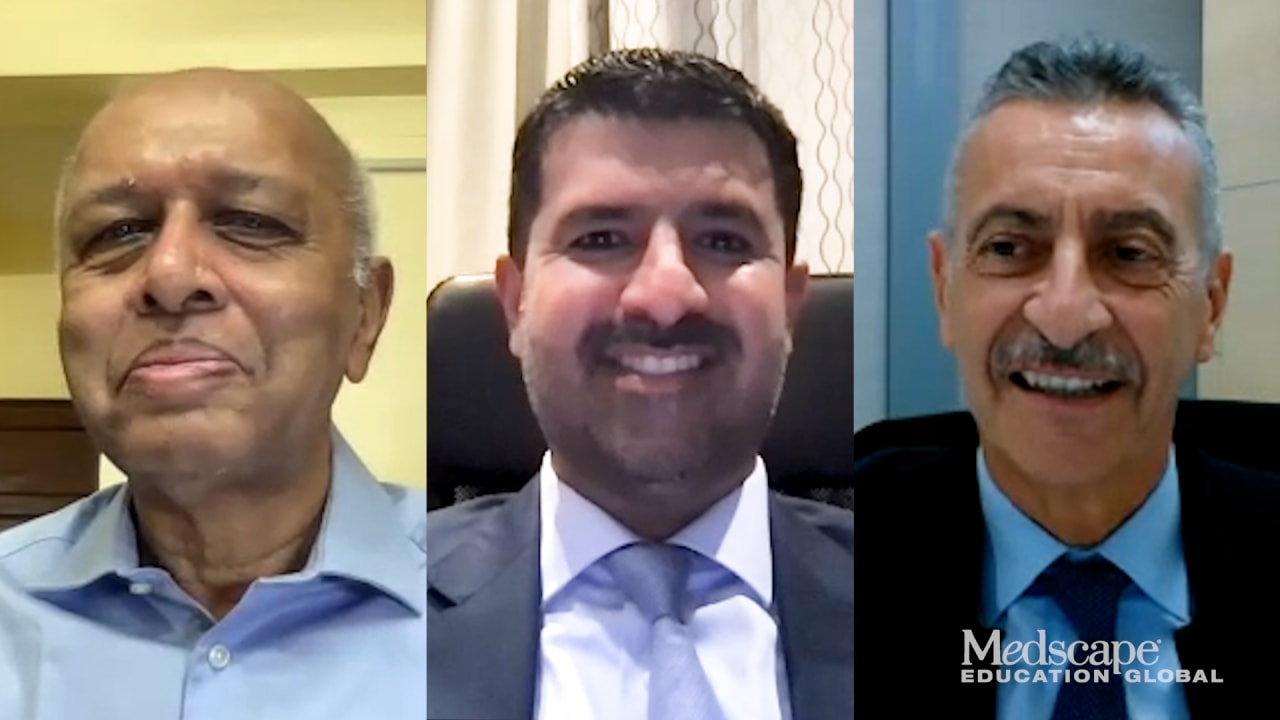Abstract and Introduction
Abstract
Background: This observational real-world evidence (RWE) study is based on prospectively collected data from the VEDOIBD registry study.
Aim: To compare the effectiveness of vedolizumab and anti-TNF agents in biologic-naïve patients with ulcerative colitis (UC) at the end of induction and during maintenance treatment.
Methods: Between 2017 and 2020, we enrolled 512 patients with UC starting therapy with vedolizumab or an anti-TNF agent in 45 IBD centres across Germany. We excluded biologic-experienced patients and those with missing partial Mayo (pMayo) outcomes; this resulted in a final sample of 314 (182 on vedolizumab and 132 on an anti-TNF agent). The primary outcome was clinical remission measured using pMayo score; any switch to a different biologic agent was considered an outcome failure (modified ITT analysis). We used propensity score adjustment with inverse probability of treatment weighting to correct for confounding.
Results: During induction therapy, clinical remission was relatively low and similar in vedolizumab- and anti-TNF-treated patients (23% vs. 30.4%, p = 0.204). However, clinical remission rates after two years were significantly higher for vedolizumab-treated patients than those treated with an anti-TNF agent (43.2% vs. 25.8%, p < 0.011). Among patients treated with vedolzumab, 29% switched to other biologics, versus 54% who had received an anti-TNF agent.
Conclusion: After two years of treatment, vedolizumab resulted in higher remission rates than anti-TNF agents.
Introduction
Ulcerative colitis (UC) and Crohn's disease (CD) are chronic inflammatory bowel diseases (IBDs) characterised by alternating phases of spontaneous flares, drug-induced remission and various degrees of chronic activity.[1] Persistent disease activity promotes the development of post-inflammatory intestinal complications, which may, in turn, cause gut complications such as neoplasia, extraintestinal manifestations and psychosocial impairments.[2,3] Altogether, these can lead to an increasing number of unmet medical needs, particularly after failure of therapy with conventional drugs or biologics, which occurs in a substantial number of patients.[4,5] This calls for optimising the use of existing biologics in real-world settings.[6]
The anti-α4β7-integrin monoclonal antibody (mAb) vedolizumab (VEDO) was approved in Europe in 2014 for use in moderately to severely active UC and CD in adults failing conventional therapy. Since its approval, VEDO has shown a more favourable safety profile than anti-TNF[7–11] and demonstrated efficacy superior to that of adalimumab (ADA) in UC through the VARSITY trial (RCT).[10] Higher effectiveness in comparison with anti-TNFs has been reported in RWE studies.[11,12] Among the anti-TNFs, infliximab (IFX) is a chimeric human-murine and ADA and golimumab (GOL) are fully humanised immunoglobulin G1 (IgG1) monoclonal antibodies. The therapeutic effect of IFX, ADA and GOL is mediated via tumour necrosis factor-alpha (TNFα) blockade. IFX neutralises proinflammatory cytokine activity and is indicated for and used to treat CD, UC, rheumatoid arthritis, ankylosing spondylitis, psoriatic arthritis and plaque psoriasis.[13]
Due to their narrow inclusion and exclusion criteria, RCTs such as the pivotal approval studies for these drugs yield results that cannot always be generalised to real life and therefore do not necessarily reflect real-world clinical practice. Moreover, special patient groups, such as the elderly, patients with complications or extraintestinal manifestations, and patients with surgical resections, are often excluded from RCTs. Thus, in addition to RCTs,[14,15] more real-world comparative studies[16,17] focusing, for example, on VEDO versus anti-TNF therapies are needed.[18]
The results of the VARSITY trial—the first head-to-head RCT comparing the efficacy of VEDO and ADA in patients with UC—were published in 2019.[10] These showed that the clinical remission rate for VEDO was superior to that for ADA after one year (31.3% vs. 22.5%, p = 0.006). However, head-to-head RCTs are time-consuming, costly and logistically challenging, which is why real-world head-to-head comparisons between different biologics are needed. For these studies to deliver meaningful results, however, it is crucial for them to have appropriate structural frameworks in place.[16] They should be multi-centric, and data should be collected prospectively and consecutively. Remote monitoring and at least some on-site spot checks are essential to ensure high-data quality. Moreover, because the patients in non-interventional studies are not randomly assigned to the different treatment groups, advanced causal analysis techniques such as propensity score (PS) adjustment should be applied to reduce the impact of confounding factors.
The aim of this comparative RWE study was to draw upon prospectively collected data from the VEDOIBD registry study to investigate the effectiveness of VEDO versus anti-TNF in biologic-naïve patients with UC at the end of induction therapy and during maintenance treatment at one and two years.
Aliment Pharmacol Ther. 2023;58(4):429-442. © 2023 Blackwell Publishing











